Why are dental visits not popular?
I was five when I watched the Pixar movie, Finding Nemo. As an adult today, the mention of the word ‘dentist’, makes my mind replay the scenes of the dental clinic in the movie and the horrifying screams of the patients who visited the place. I wouldn’t be surprised if someone else remembered scenes from the 1996 horror movie, literally titled The Dentist! Popular children’s shows and Hollywood movies often portray a visit to the dentist as painful and frightening for entertainment purposes, disregarding the impact it has on one’s outlook on dental clinics. The sight of needles and drills around you amidst the stories you have heard from someone else’s past experience adds to the distraught! In some cultures, activities similar to dentistry were used as a form of punishment and torture. Thereby, anxiety and fear prevent people from seeking dental care. The other spectrum of people’s perceptions of dental checkups is that it is a luxury reserved for the well-off or simply an aesthetic procedure. A study conducted in Brazil shows that oral health is an objective expression of social differences. Dental equipment and treatments are costly. Furthermore, in many countries, dental health is not covered by affordable insurance schemes. Given these reasons, low-income individuals are unable to afford regular dental checkups and carry the attitude of it being an unnecessary expense 1.
Are dental visits really that important?
A study showed that routine attendance at the dentist declines by the age of fifteen2. “Dental care is too expensive to be made a routine” is often the response we hear from adults. However, we dismiss the fact that the cost of neglecting routine dental care surpasses that which is incurred through routine clean-ups and check-ups. The same study pointed out that routine attendees had better-than-average oral health and low proportions of caries-associated teeth loss1. Furthermore, when the cliché, prevention is better than cure is spoken in numbers, preventive dental procedures are estimated at an average cost of 62 USD, while restorative and periodontal procedures amount to 133 USD and 140 USD, respectively. Most importantly, such procedures are often uncovered by dental insurance while the cost of routine teeth clean-ups are reduced by 50% with insurance!2. Apart from routine dental care being cost-effective, as we learned in part 1 of this series, maintaining oral hygiene is impactful on all organ systems of the body. The impact of neglecting oral health will be discussed in detail in the upcoming segments of the series.
How do I communicate its importance to my grandparents?
The number of people who routinely visit dentists declines with age3. This could be due to bad experiences of the past or due to the unbearable cost of treatment. Moreover, many misconceptions and false information circulate among the elderly that they become reluctant in getting the required care. Here are a few tips to convince your loved ones to seek dental health care.
- Address reasons for their reluctance
Many of the older generations have experienced great discomfort while undertaking conservative dental treatment. Today, the sector has been developed to provide treatment with minimal pain and bleeding4. Communicate the long-term cost-effectivity and health impact of having routine check-ups.
- Be emotionally supportive
When elders have not visited the clinic for extended periods of time, they may have fear and/or embarrassment regarding their oral health status. This could be especially true for those who fear doctors’ visits or have visibly unpleasant conditions such as lost teeth or cavities. Assure that the dentist is trustworthy and that you will accompany them during their visits.
- Address misinformation
Many myths and misinformation about dental health care are prevalent today. Many do not know that daily brushing alone cannot get rid of the majority of oral pathogens due to their ability to form biofilms5. A vast population believes household items such as vinegar and honey could help combat oral diseases6. Communicate the poor effectiveness of home remedies and the vitality of dental procedures for complete oral hygiene.
- Convey the importance of oral hygiene
Oral hygiene has been limited as a confidence booster and dental care is often portrayed as an aesthetic procedure. Elders require to be informed of the impact of oral health on the gut, heart and the brain. A study showed evidence for lost teeth being a contributing factor towards the development of dementia7.
We as a community have the responsibility of conveying the importance of dental visits and incline the rate of dentists’ visits among the older population. Furthermore, it is important that we do not instill fear of dentists in the younger generation. Watch out for the next segment of this series on Oral Health which will focus on tips and modern products that paves way for making children excited about taking care of their teeth.
Author: Esther Swamidason
References
- Belén R, Cartes-Velásquez R, Andrés. Patients’ Perceptions about Dentists a Literature Review. http://www.scielo.edu.uy/pdf/ode/v18n27/en_v18n27a03.pdf
- Nasseh K, Bowblis JR, Vujicic M. Pricing in commercial dental insurance and provider markets. Health Services Research. 2020;56(1):25-35. doi:10.1111/1475-6773.13544
- Spinler K, Aarabi G, Valdez R, et al. Prevalence and determinants of dental visits among older adults: findings of a nationally representative longitudinal study. BMC Health Services Research. 2019;19(1). doi:10.1186/s12913-019-4427-0
- Angelo Z, Polyvios C. Alternative practices of achieving anaesthesia for dental procedures: a review. Journal of Dental Anesthesia and Pain Medicine. 2018;18(2):79. doi:10.17245/jdapm.2018.18.2.79
- Schmidt JC, Zaugg C, Weiger R, Walter C. Brushing without brushing?—a review of the efficacy of powered toothbrushes in noncontact biofilm removal. Clinical Oral Investigations. 2012;17(3):687-709. doi:10.1007/s00784-012-0836-8
- Assiri KI;Ajmal M;Al-Ahmari BM;Abumelha HS;Almobty RA;Almobty RA;Arem S;Chalikkandy SN. Oral Hygiene Myths and its Association with Gingival Health Status among Patients in Aseer Region of Saudi Arabia: A Cross-sectional Study. The journal of contemporary dental practice. 2021;22(5). Accessed May 23, 2022. https://pubmed.ncbi.nlm.nih.gov/34318768/
- Lee KH, Choi YY. Association between oral health and dementia in the elderly: a population-based study in Korea. Scientific Reports. 2019;9(1). doi:10.1038/s41598-019-50863-0


